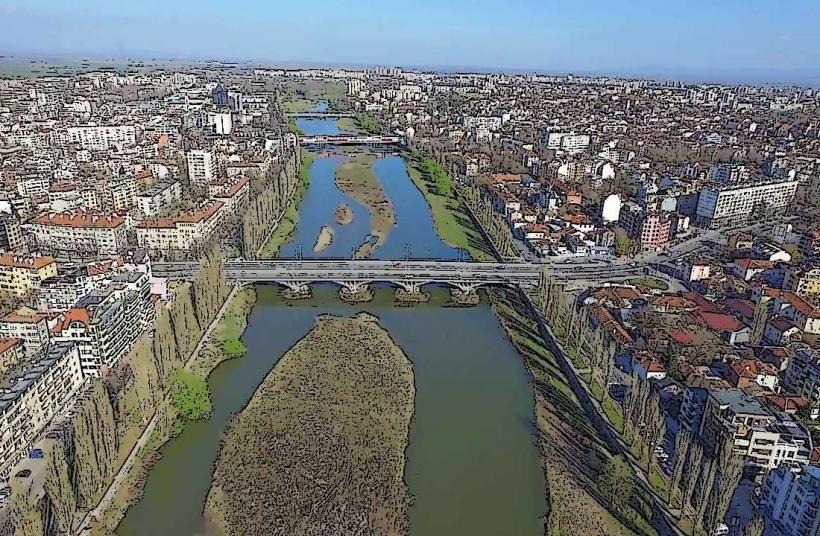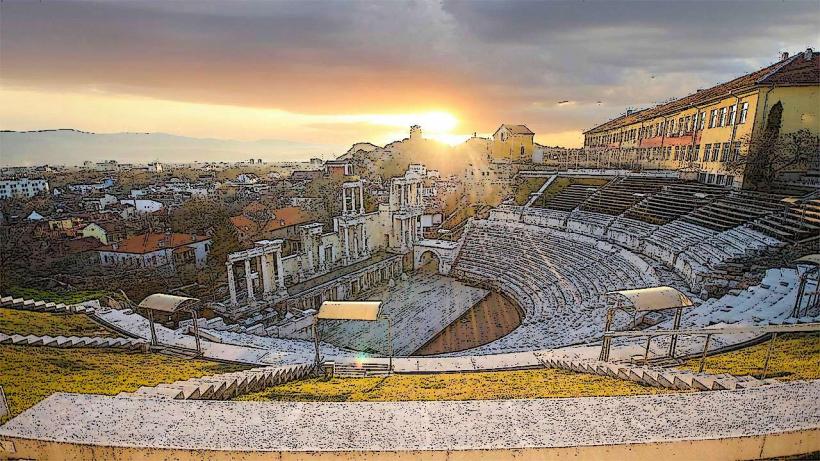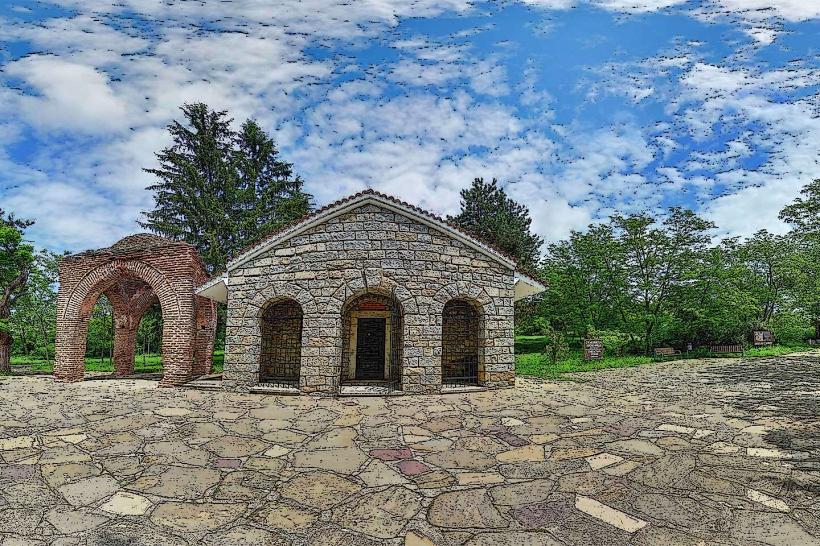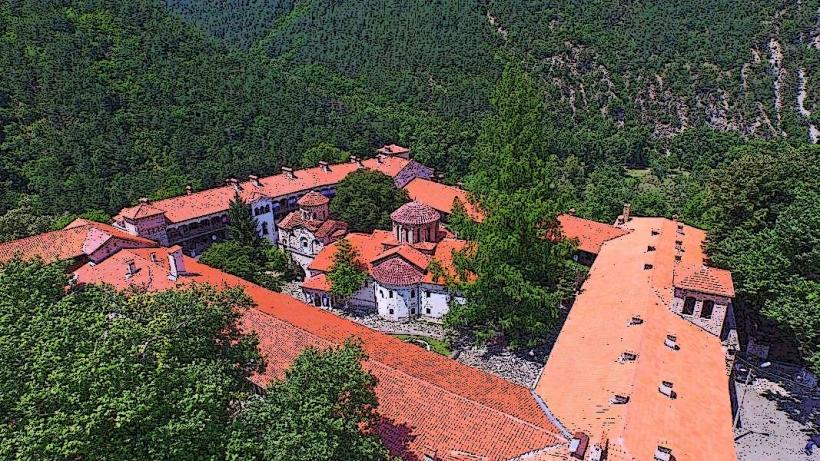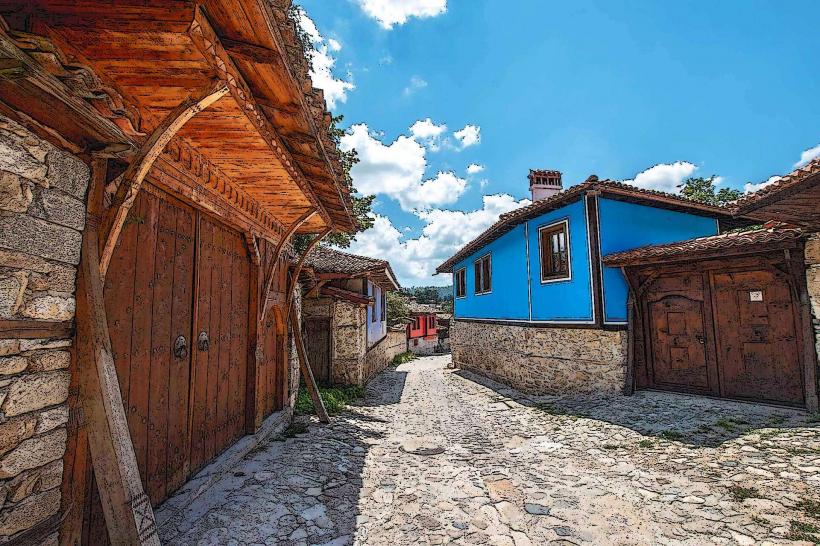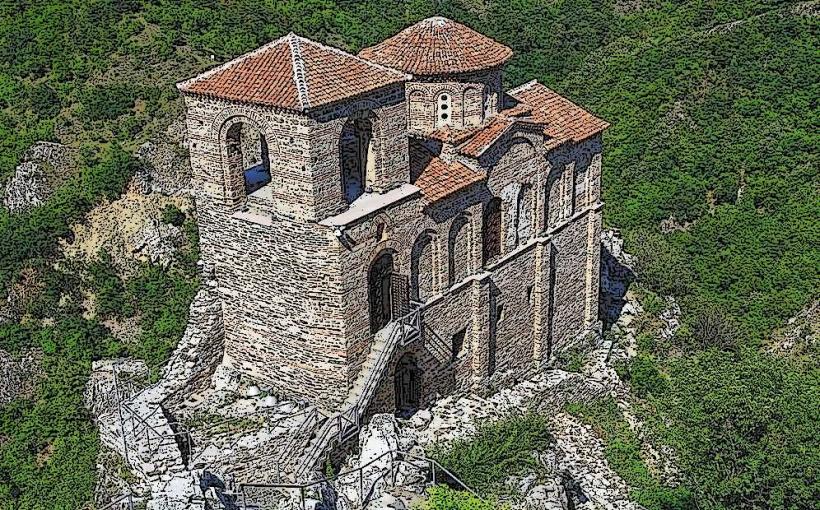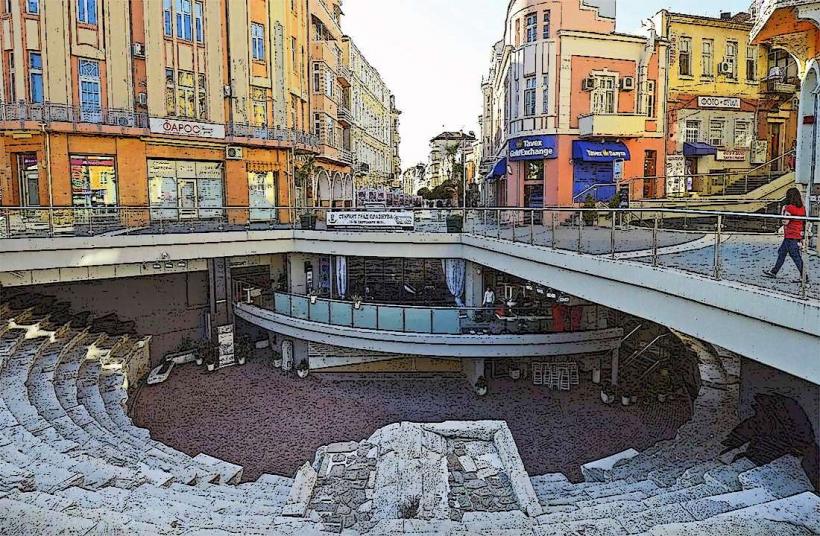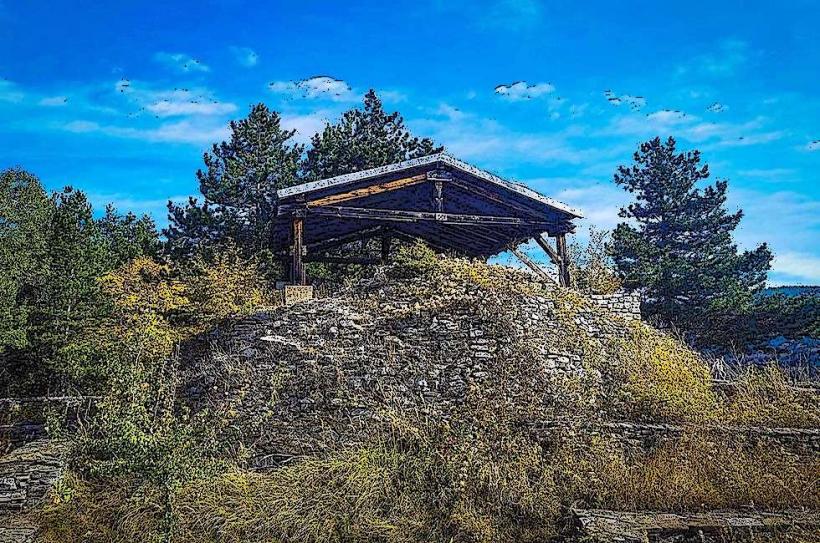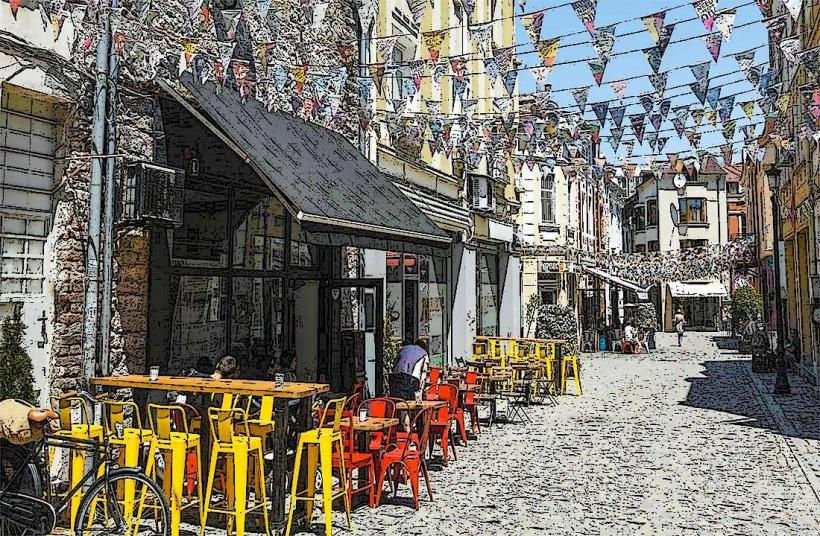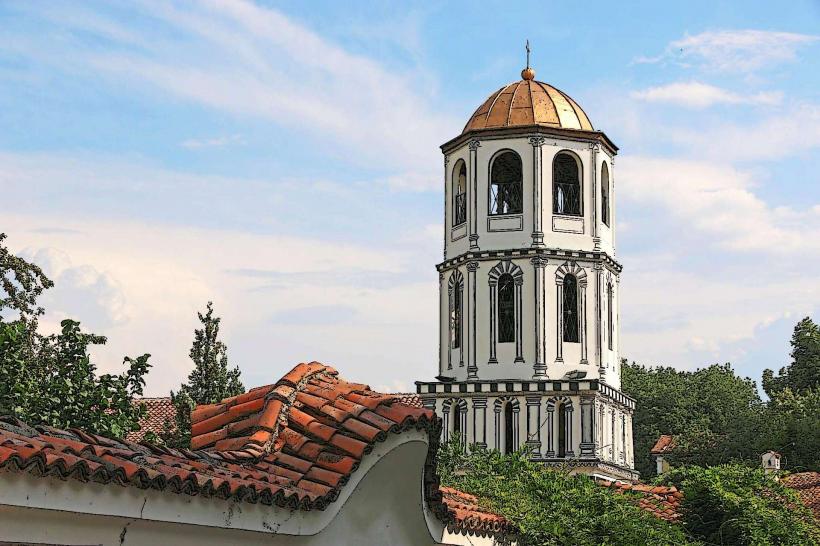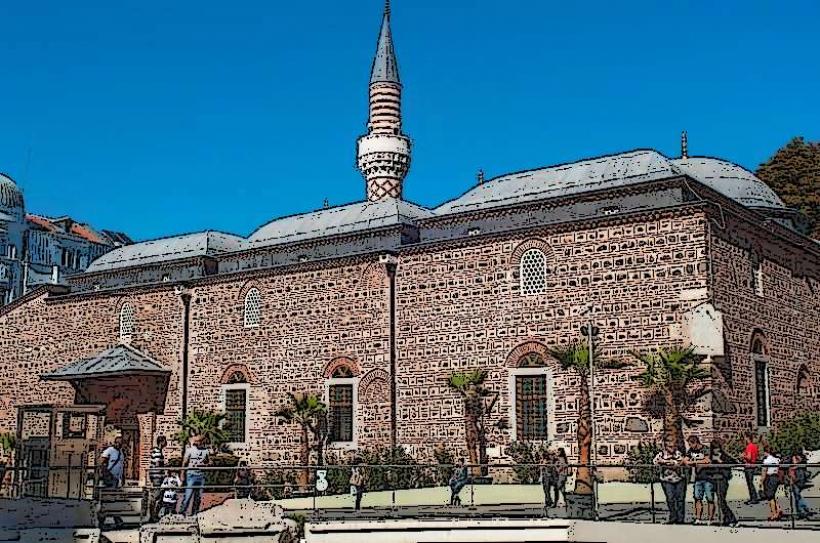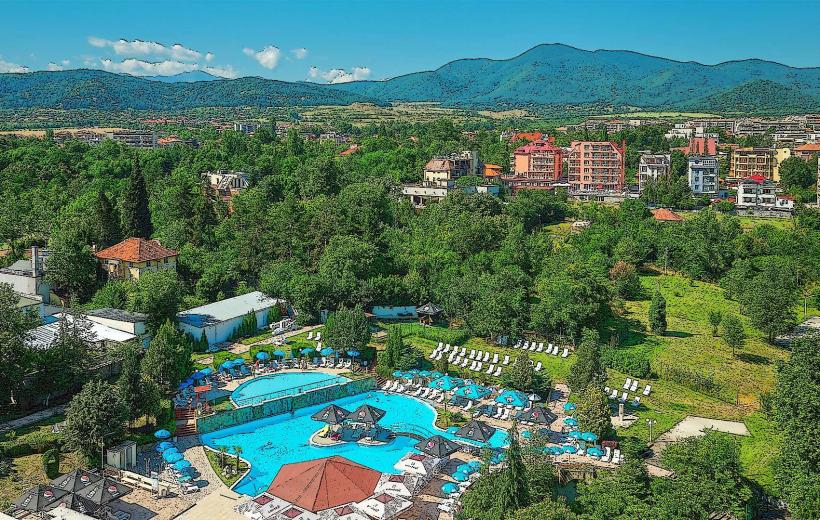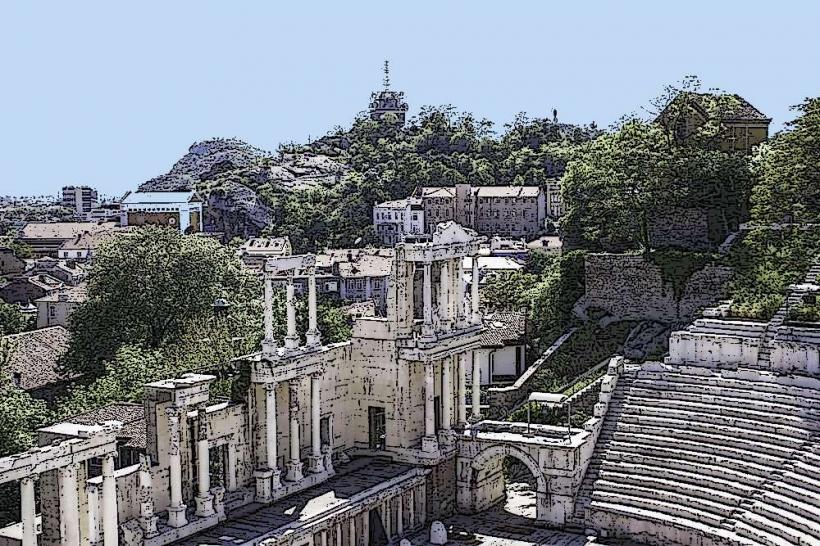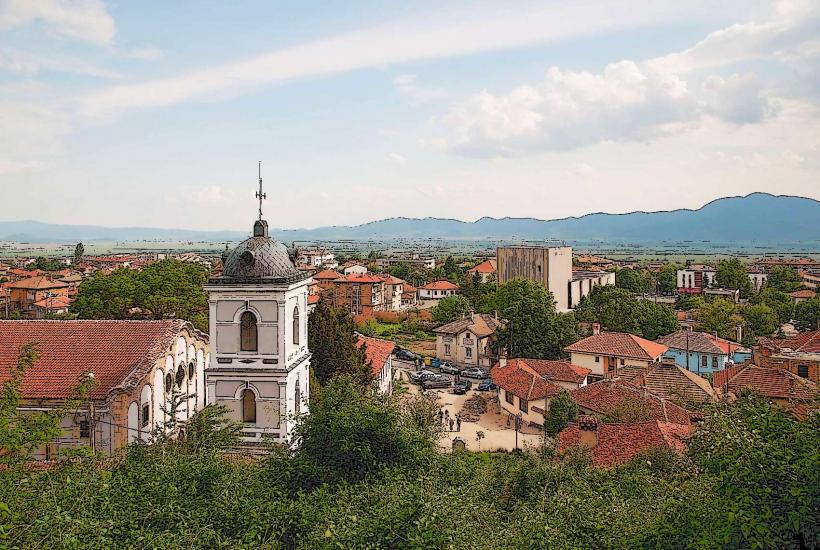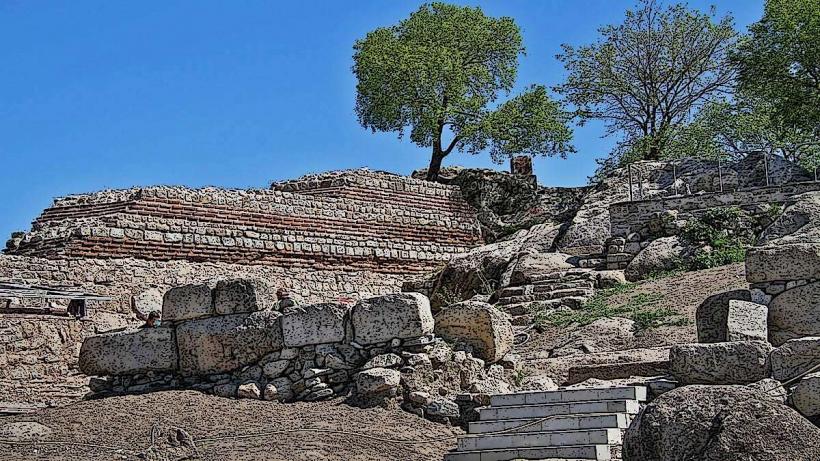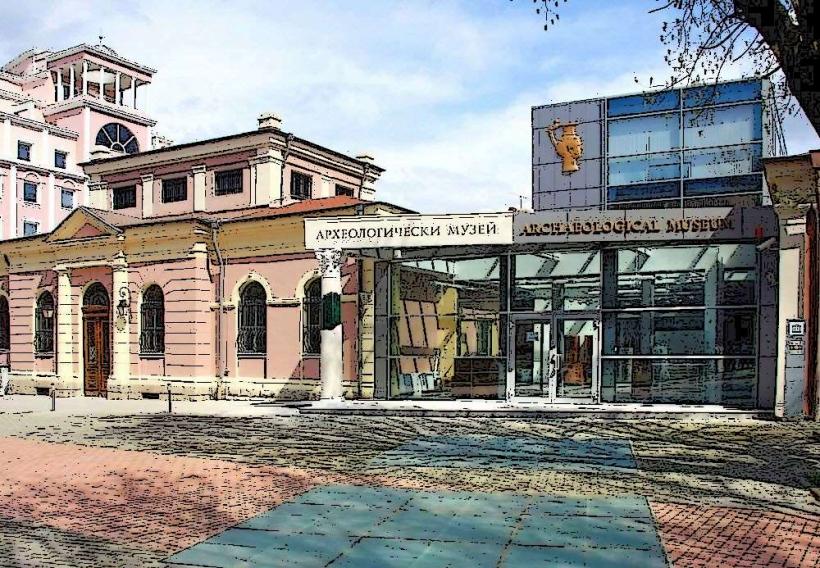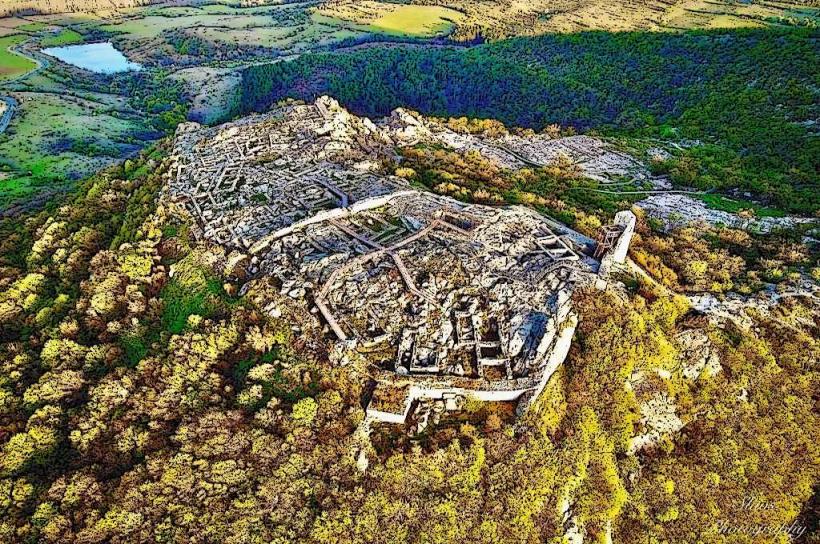Information
Landmark: Roman Fortress of DiocletianopolisCity: Plovdiv
Country: Bulgaria
Continent: Europe
The Roman Fortress of Diocletianopolis is an ancient Roman fortification located in southeastern Bulgaria, near the town of Hisarya in the Plovdiv Province. This site is significant for its historical and architectural value, offering insights into Roman military life and the infrastructure of the Roman Empire in the Balkans.
Historical Background
Diocletianopolis was established during the reign of Emperor Diocletian (reigned 284–305 AD), after whom the fortress is named. It is believed to have been part of the Roman defense system designed to protect the Thracian province and its neighboring areas from external threats, including barbarian invasions.
- Roman Province of Thrace: The fortress was strategically located in the Roman province of Thrace, an important region for the Roman Empire due to its proximity to key trade routes and military frontiers. The site was part of a series of fortifications along the empire's eastern border.
- Emperor Diocletian's Influence: The fortress likely became an important military and administrative center during the reign of Diocletian, who is known for his extensive reforms in the empire, including his military and defensive strategies.
Archaeological Significance
The fortress of Diocletianopolis is considered a major archaeological site, with significant remains that reflect the strength and strategic importance of the Roman Empire in the region. The remains of the fortress offer insight into Roman military architecture, urban planning, and the daily life of soldiers stationed there.
1. Fortification Walls and Gates
- Defensive Walls: The fortress is surrounded by well-preserved defensive walls made of stone, with sections still standing today. These walls were built to protect the site from external attacks, and they feature characteristic Roman construction techniques.
- Gates: The fortress had at least two main gates, with impressive stone archways. These gates were heavily fortified and served as key access points for soldiers and visitors.
2. Military Structures
- Barracks: Archaeologists have uncovered the remains of military barracks, where soldiers lived and carried out their daily activities. These buildings were designed for the accommodation of large numbers of troops and were equipped with basic facilities for Roman soldiers.
- Watchtowers: The fortress also had watchtowers that were strategically placed around the perimeter to allow for surveillance of the surrounding area. These towers were essential for detecting enemy movements and ensuring the fortress's security.
3. Thermal Baths
- One of the most interesting features of Diocletianopolis is the presence of Roman-style thermal baths (also called Roman baths). These baths were an important part of Roman military and civilian life, providing soldiers with a place to relax and maintain hygiene.
- The remains of the baths at Diocletianopolis are well-preserved, with distinct rooms for hot, warm, and cold baths, as well as an underground heating system (hypocaust) that was used to warm the floors and walls.
4. Christian Monastery
- The site of Diocletianopolis also includes the remains of an early Christian church or monastery, which indicates the site’s transition from pagan to Christian influence after the establishment of Christianity as the official religion of the Roman Empire.
- The presence of a basilica suggests that, by the 4th and 5th centuries AD, the fortress had become a center for Christian worship in the region.
5. Inscriptions and Artifacts
- Numerous inscriptions, coins, pottery fragments, and military artifacts have been uncovered at the site. These objects help researchers date the fortress and understand its role within the broader context of the Roman Empire.
- The discovery of inscriptions bearing the name of Emperor Diocletian confirms the significance of the fortress during his reign and the dedication of the settlement to him.
Strategic Importance of Diocletianopolis
The strategic location of Diocletianopolis played a key role in its importance within the Roman Empire:
- Defensive Position: The fortress was positioned in a key location, close to several major Roman roads that connected the empire’s eastern provinces. It also lay near the important Roman city of Serdica (modern-day Sofia), making it a valuable defensive outpost for the region.
- Control over Thrace: The fortress helped maintain Roman control over the province of Thrace, which was a vital area for trade, military operations, and political influence.
- Proximity to Springs: The region around Hisarya (where Diocletianopolis is located) is famous for its mineral springs, which were highly valued in Roman times for their healing properties. This added to the appeal of the site, both as a military and a civilian settlement.
Decline and Abandonment
Like many Roman sites, Diocletianopolis began to decline in the 5th and 6th centuries, possibly due to barbarian invasions, the changing political landscape, and the weakening of Roman authority in the region. By the early Byzantine period, the fortress had largely fallen into disuse.
- Invasions: During the early Middle Ages, the region faced invasions from various barbarian tribes, including the Goths, Huns, and later the Slavs, which led to the abandonment of many Roman sites, including Diocletianopolis.
Modern-Day Diocletianopolis
Today, the ruins of Diocletianopolis are a popular archaeological site, with remains that continue to attract scholars and tourists interested in Roman history.
Visitor Experience
- Excavations: Ongoing archaeological excavations at Diocletianopolis continue to reveal new finds, with a focus on the military structures, baths, and inscriptions that provide insight into the daily life of the people who lived and worked there.
- Public Access: The site is open to the public, allowing visitors to explore the remains of the fortress walls, baths, and military structures. Informational signs and displays are provided to help visitors understand the historical context of the site.
Nearby Attractions
- Hisarya: The town of Hisarya, where Diocletianopolis is located, is famous for its mineral springs, which were utilized by the Romans and later by visitors during the Byzantine and Ottoman periods. Today, Hisarya is a modern spa town, and its rich history is reflected in both the ancient Roman ruins and the more recent Ottoman and Bulgarian architectural heritage.
Conclusion
The Roman Fortress of Diocletianopolis is an important archaeological and historical site, providing valuable insights into the military, architectural, and cultural life of the Roman Empire in the Balkans. The remains of the fortress, including its defensive walls, baths, military barracks, and Christian basilica, illustrate the city’s role as a key outpost in the Roman province of Thrace. The site’s rich history and well-preserved ruins make it a must-visit destination for those interested in exploring the legacy of ancient Rome in Bulgaria.

